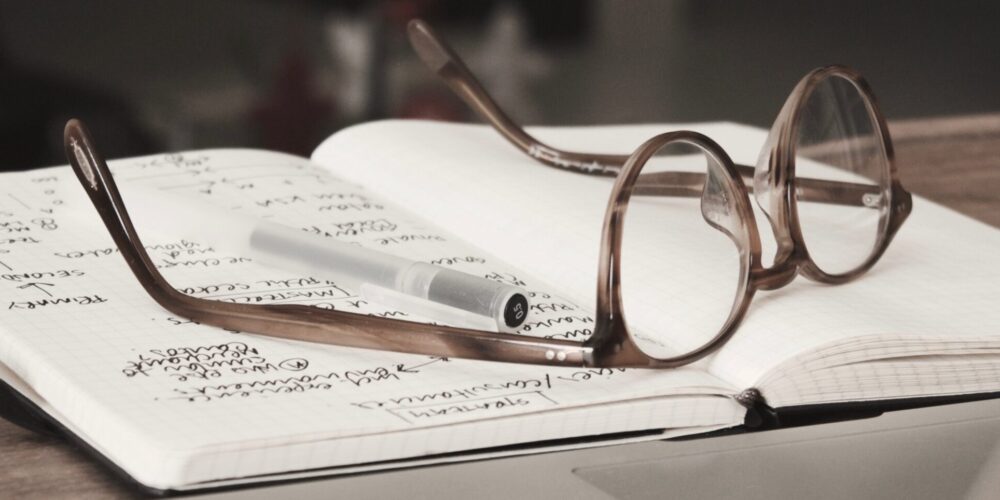Copyright at Curtin

Need help with copyright?
We’ll help you understand your copyright obligations and entitlements.
Email Library-Copyright@Curtin.edu.au with your questions.
The pages within this site provide general information and should not be used for legal advice. For formal advice regarding copyright, contact Curtin Legal.